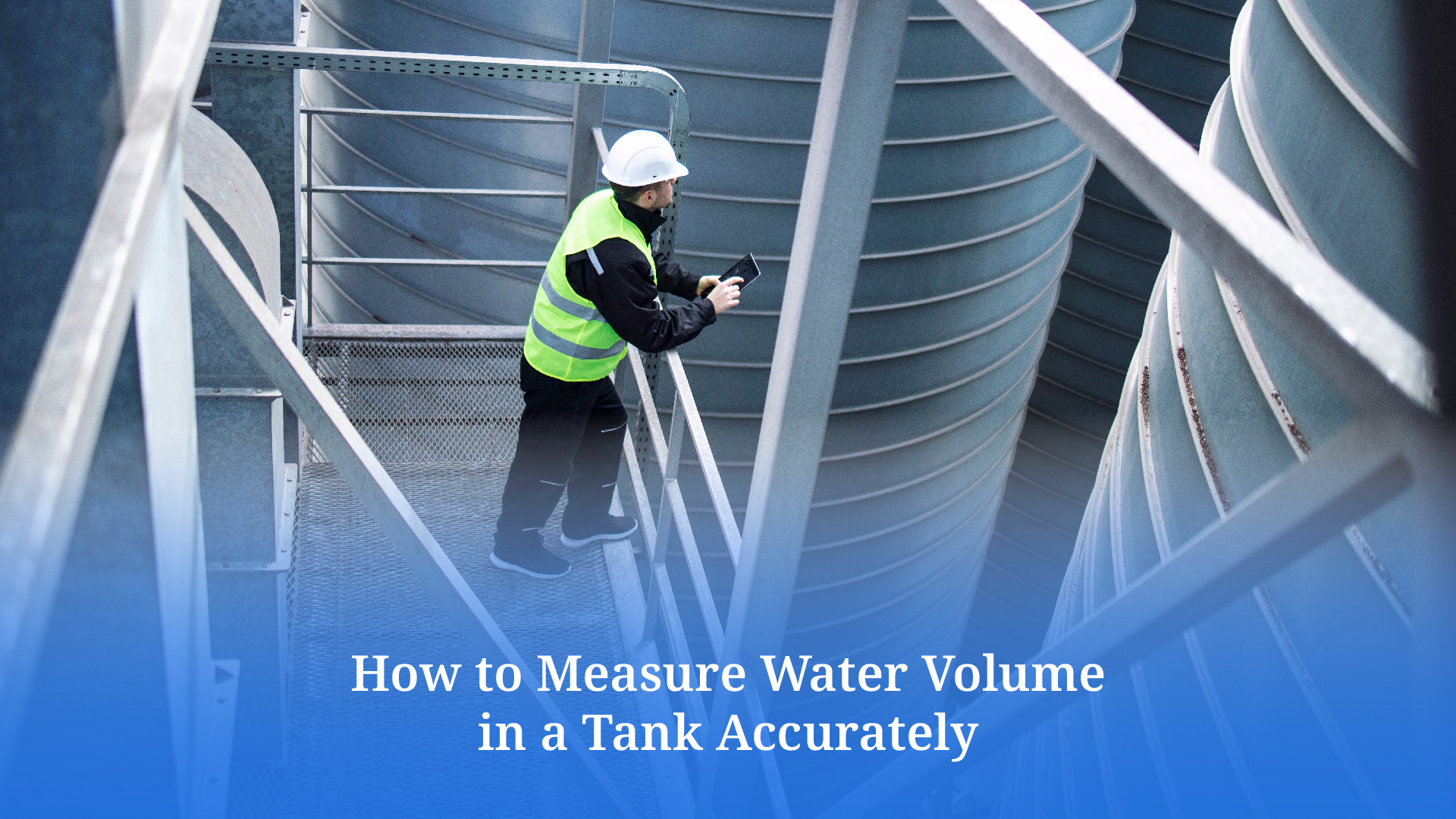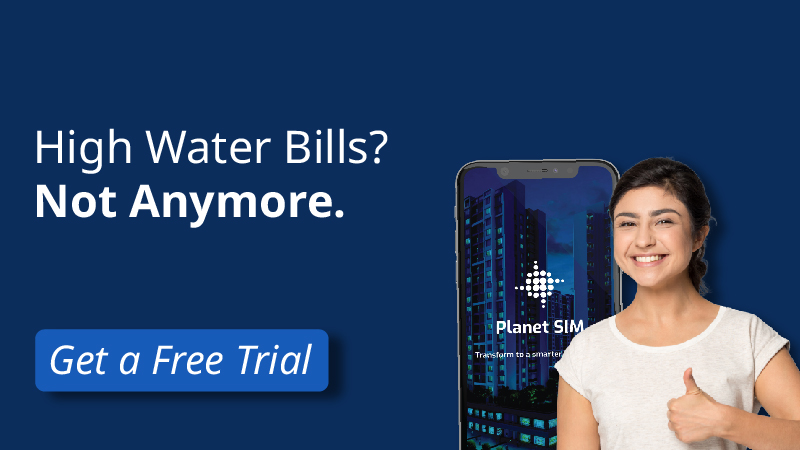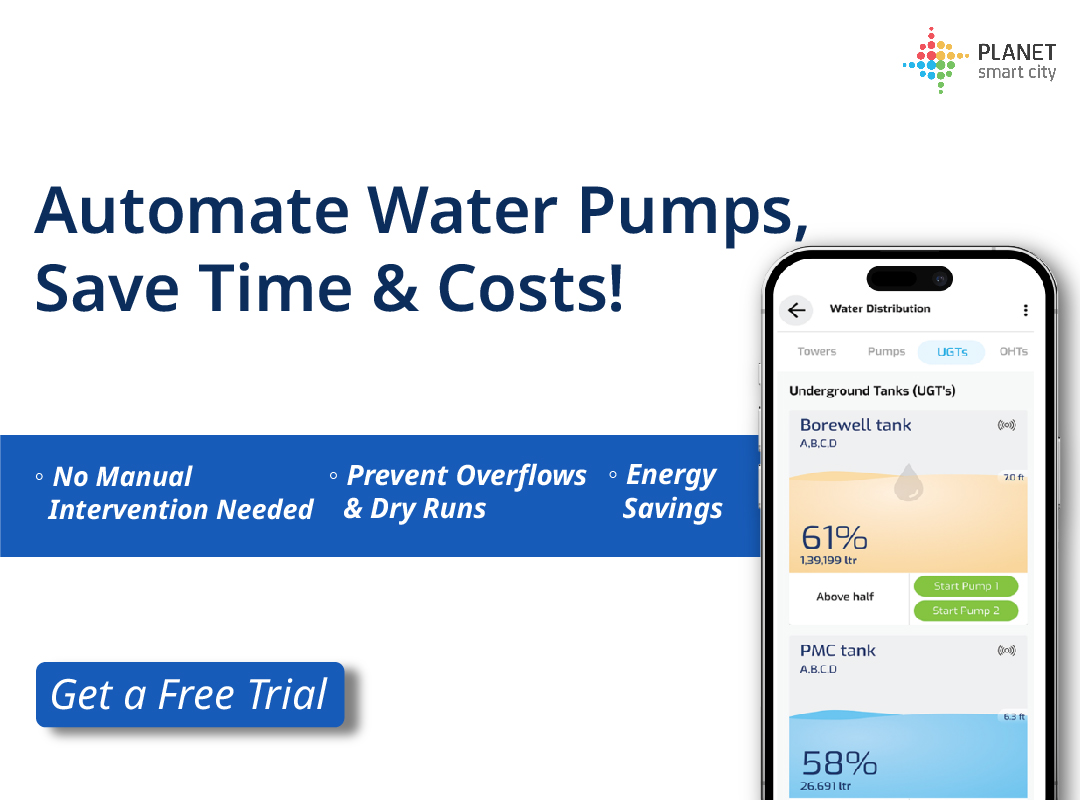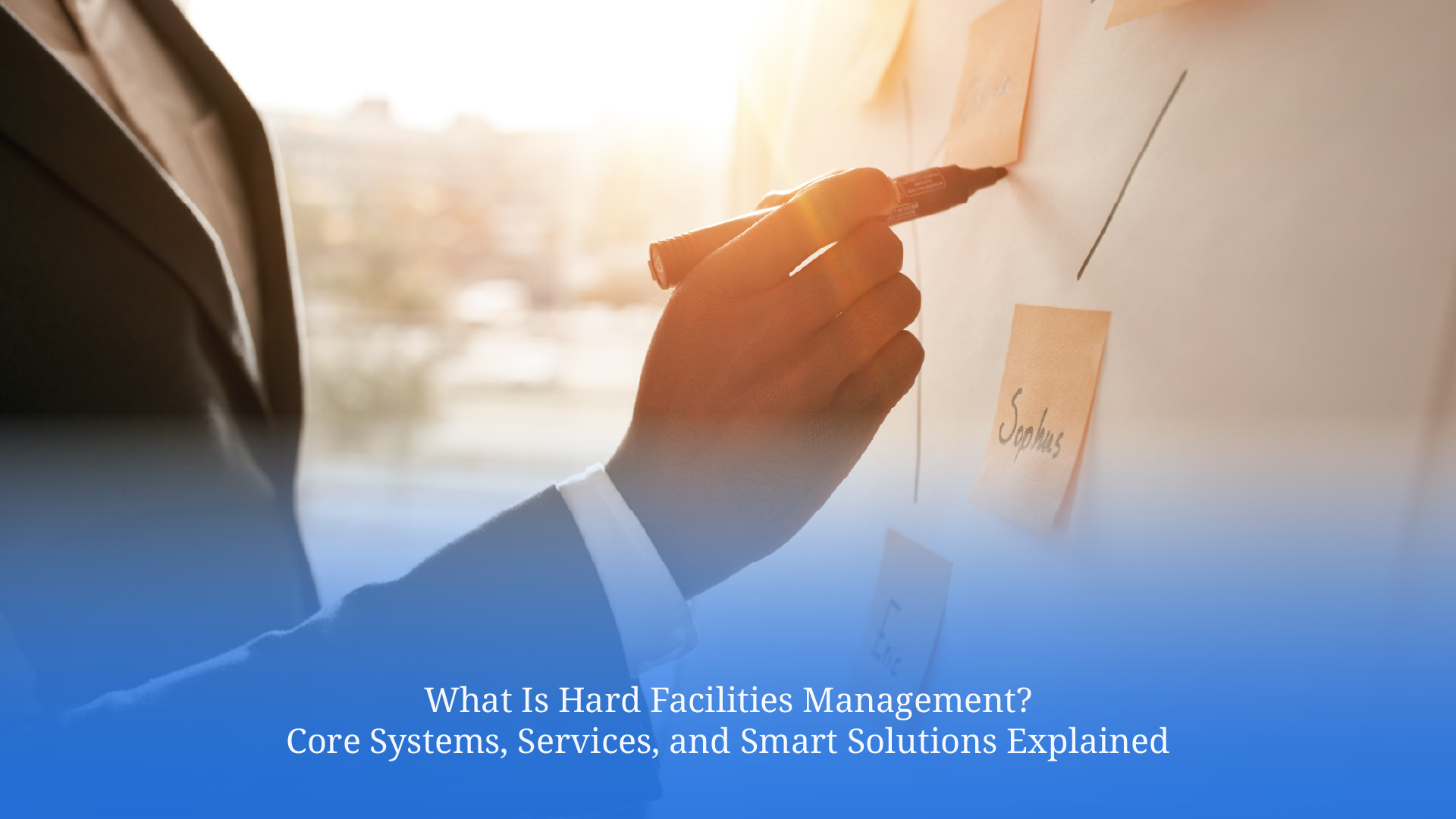Why Accurate Water Volume Measurement Matters?

At Planet Smart City, we believe water is one of the most essential yet often underestimated resources in residential communities. Without clear visibility into how much water is stored and consumed, housing societies are left vulnerable to shortages, overflows, rising costs, and inefficient planning. Manual checks and guesswork still dominate many buildings, leaving little room for precision or proactive management.
Accurate tank volume measurement is critical to achieving fair usage, sustainable supply, and long-term operational control. That’s why we help housing societies move from fragmented oversight to integrated, digital water management. Through our proprietary platform, Planet SIM, we deliver real-time insights that empower communities to monitor smarter, conserve better, and future-proof their water systems. In this article, we’ll explore why measuring water volume matters, how to do it effectively, and how our digital solution redefines water governance in urban residential environments.
Know Your Tank – The First Step to Accurate Measurement
Before measurement comes knowledge. Knowing the type of water tank installed in your residential building or society is key to choosing the right approach. Common residential tanks include:
- Overhead tanks: Often made of plastic, these are placed atop buildings for gravity-fed distribution.
- Underground tanks: Typically larger, concrete structures built for longer-term storage.
- Loft tanks: Smaller storage units often found inside apartments.
- Sintex/plastic tanks: Popular for their ease of installation and corrosion resistance.
The shape of your tank, cylindrical, rectangular, or otherwise, directly affects how volume is calculated. Placement also matters; underground tanks may require pressure-based sensors, whereas overhead tanks are often suited to ultrasonic methods. Understanding these physical characteristics is the first and most critical step toward selecting a measurement approach.


Basic Concepts: What is the Volume of a Water Tank?
At its core, volume is a measure of how much space a substance, in this case, water, occupies inside a container. To manage water effectively, we must first understand how to calculate the volume of a tank.
Common Tank Shapes and Their Volume Formulas
| Tank Shape | Volume Formula | Example Use |
| Rectangular | Length × Width × Height | Underground concrete tank |
| Cylindrical | π × Radius² × Height | Plastic overhead tank |
| Horizontal Cylinder | π × Radius² × Length | Loft-mounted cylindrical tank |
| Spherical | (4/3) × π × Radius³ | Rare, high-capacity spherical tanks |
Ensure all measurements are in the same units, usually metres, to calculate volume in cubic metres (m³), which can then be converted to litres (1 m³ = 1,000 litres).
How to Calculate Water in a Tank? – A Step-by-Step Guide
- Measure the tank’s dimensions (length, width, height or diameter, depending on shape).
- Use the appropriate formula from the table above.
- Convert volume to litres, if needed.
- Adjust for current water level: For partially filled tanks, use actual water depth in place of full height.
- Account for irregularities: Internal fixtures, inclines, or uneven surfaces may slightly alter true capacity.
This manual approach is effective for one-off calculations but can be cumbersome for real-time tracking.
Smart Ways to Monitor Tank Volume in Real-Time
With technological advancement, the era of manual checks is fading. Smart water level sensors provide accurate, real-time data on tank volumes. Ultrasonic sensors use sound waves to detect water levels without contact. Pressure-based sensors are better suited for underground setups but require proper calibration and clean water conditions to maintain accuracy. Float sensors remain a basic, low-cost option. Advanced versions with multi-point detection offer improved accuracy for simpler use cases. Capacitive and radar sensors are gaining traction in high-end or sensitive applications due to their high precision and durability. Integrated IoT systems automate readings and provide insights via mobile apps and dashboards. Features often include:
- Leak detection alerts
- Usage trend analytics
- Low-level warnings
- Overflow prevention
How Planet Smart City Empowers Smarter Water Management
Planet Smart City supports housing societies in making the shift to smarter water management by embedding digital intelligence into everyday infrastructure. Through our proprietary platform, Planet SIM, we enable a connected ecosystem where real-time data, automated workflows, and actionable insights work together to drive sustainable and transparent water governance. Key platform capabilities include:
-
Centralised Data Access
Planet SIM consolidates water-related data across all tanks and blocks into a single, intuitive dashboard. This unified view allows facility managers and RWAs to monitor water levels, track consumption trends, and respond to issues in real time.
-
Predictive Maintenance Tools
Our platform continuously analyses sensor data to detect early warning signs of leaks, abnormal usage patterns, or tank-level discrepancies. These predictive insights help maintenance teams address potential issues before they become costly failures.
-
Gather Behavioural Insights
Planet SIM uses intelligent analytics to help housing societies identify peak usage periods, compare consumption across blocks, and uncover patterns that can guide community education and policy decisions.
-
Community-level Optimisation
Our platform facilitates equitable resource management by aligning supply with actual demand across the community. Whether through prompt refill scheduling, leak detection, or usage-based reporting, Planet SIM ensures that every litre is used wisely.
Precision in Practice: Rethinking Water Management
At Planet Smart City, we empower housing societies to move beyond reactive water management towards a future defined by foresight, efficiency, and sustainability. Through our platform, Planet SIM, we’re building the future of water-smart communities, one intelligent, integrated solution at a time. Join us on our mission!




